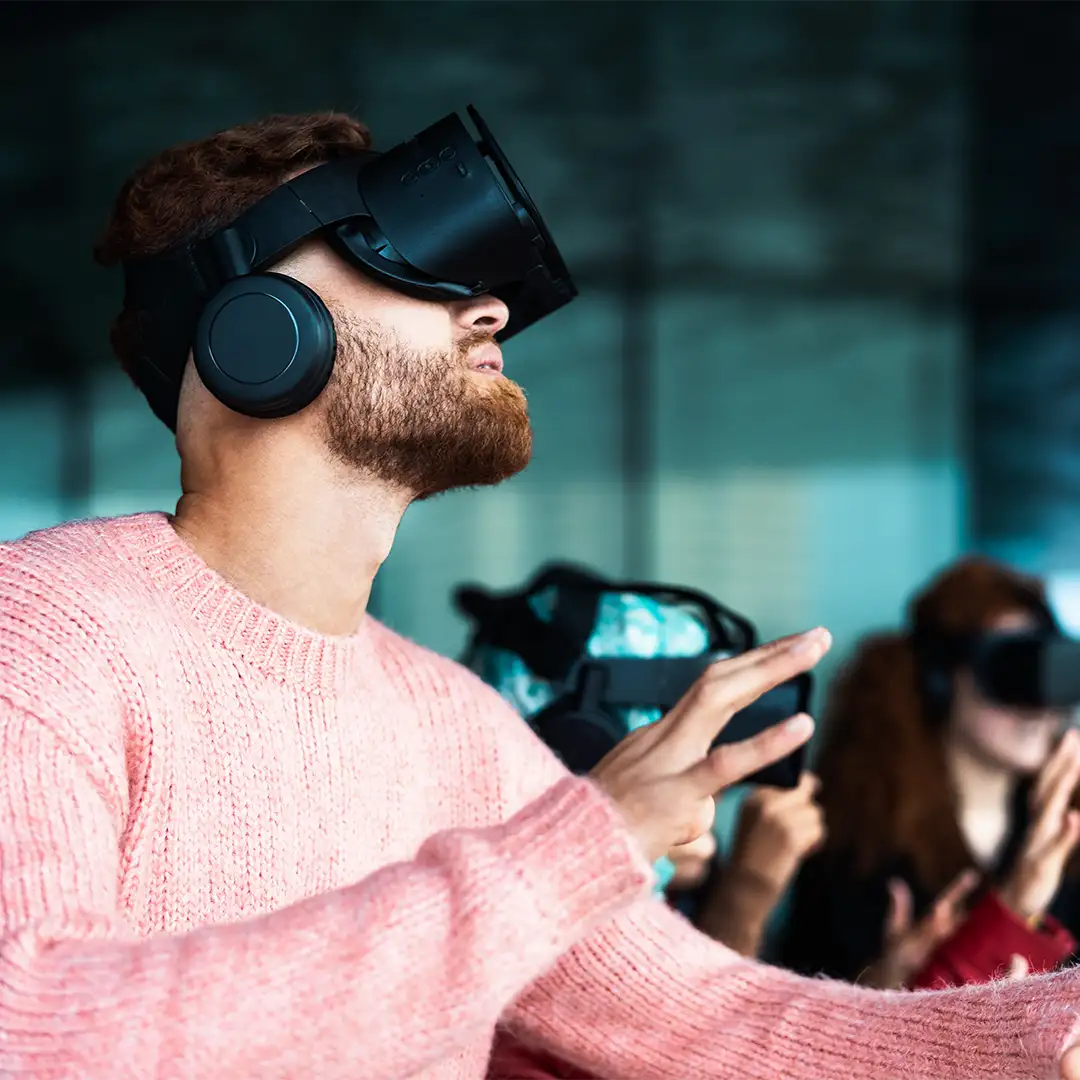Augmented to Virtual Reality: Understanding the Spectrum of Immersive Technologies

Introduction
In today’s fast-paced digital landscape, innovative technologies continually push the boundaries of user experience. Augmented Reality (AR) and Virtual Reality (VR) are two such immersive technologies that have captured the attention of designers and developers alike. In this article, we will explore the key differences between AR and VR, their unique strengths and limitations, and how they can be harnessed to create engaging, interactive experiences across various industries.
What are AR and VR?
Before we delve into the details, let’s briefly define these two immersive technologies:
- Augmented Reality (AR): AR refers to the overlaying of digital information or objects onto the real world. This can be achieved using smartphones, tablets, or specialized headsets, and offers users an enhanced experience of their surroundings. Examples include Pokémon GO and IKEA Place.
- Virtual Reality (VR): VR completely immerses users in a computer-generated environment. By wearing VR headsets, users can experience a simulated world, interact with virtual objects, and explore new spaces. Examples include Oculus Rift and HTC Vive.
Key Differences Between AR and VR:
- Interaction with Reality: AR supplements the real world with digital content, whereas VR creates an entirely virtual environment.
- Hardware Requirements: AR typically requires a camera and a display, which can be found on smartphones and tablets. VR demands more specialized hardware, such as VR headsets and controllers.
- Accessibility: AR experiences are generally more accessible due to the widespread availability of smartphones, while VR often requires a higher investment in hardware.
Exploring the Potential of AR
AR offers unique opportunities for creating interactive and context-aware experiences. Its strengths lie in:
- Enhancing Real-World Context: AR can enrich users’ experiences by providing relevant information and visuals in real-time.
- Versatility: AR can be employed in various industries, including retail, healthcare, education, and gaming.
- Lower Barrier to Entry: As AR experiences can be accessed through smartphones, users don’t need additional hardware to enjoy AR applications.
Challenges for AR:
- Limited Field of View: Many AR devices have a restricted field of view, which can hinder the immersion.
- Technical Complexity: Developing high-quality AR experiences can be complex due to the need for accurate tracking and rendering.
Unleashing the Power of VR
VR excels in providing fully immersive experiences by transporting users to a new world. Its strengths include:
- Immersion: VR offers unparalleled immersion, allowing users to explore and interact with virtual environments.
- Training and Simulation: VR is ideal for training and simulation purposes, as it provides a safe and controlled environment for users to practice skills and learn new tasks.
- Storytelling and Entertainment: VR opens up new possibilities for storytelling and entertainment, offering users a truly unique and engaging experience.
Challenges for VR:
- Cost: High-quality VR experiences often require expensive hardware, such as VR headsets and powerful computers.
- Motion Sickness: Some users may experience motion sickness or discomfort during prolonged VR sessions.
Practical Tip for Choosing the Right Immersive Technology:
To choose between AR and VR for your project, consider the following:
- Purpose and Goals: Define your project’s objectives and the type of experience you want to provide. AR is better suited for enhancing real-world contexts and providing contextual information, while VR is ideal for fully immersive experiences in a virtual environment.
- User Experience: Assess the level of immersion and interaction you want to offer your users. If you aim to create an experience that seamlessly integrates with the real world, AR is the way to go. If you want to transport users to a completely new environment, VR is the better choice.
- Accessibility and Hardware: Consider the target audience and their access to the required hardware. AR experiences are generally more accessible due to the widespread availability of smartphones, while VR often requires a higher investment in hardware.
By evaluating these factors, you can make an informed decision on the most suitable immersive technology for your project and create an engaging, innovative digital experience for your users.
Conclusion
Both AR and VR have their unique strengths and challenges, and the choice between these immersive technologies depends on the specific goals and requirements of a project. By understanding the differences and capabilities of AR and VR, designers and developers can make informed decisions and harness the potential of these cutting-edge technologies to create engaging, innovative digital experiences.


Comments are closed.